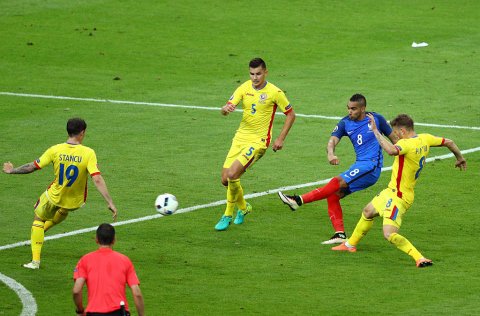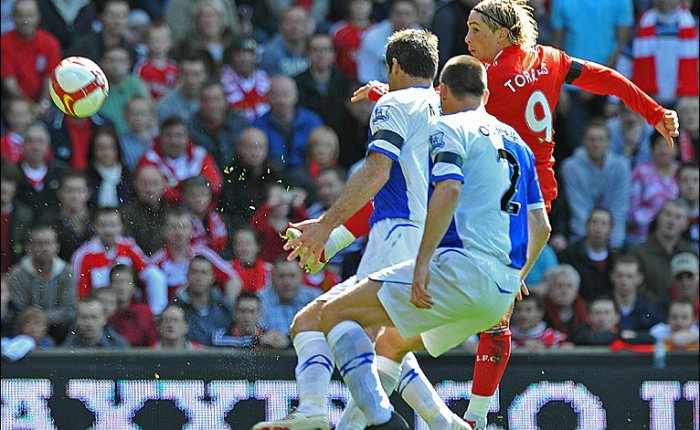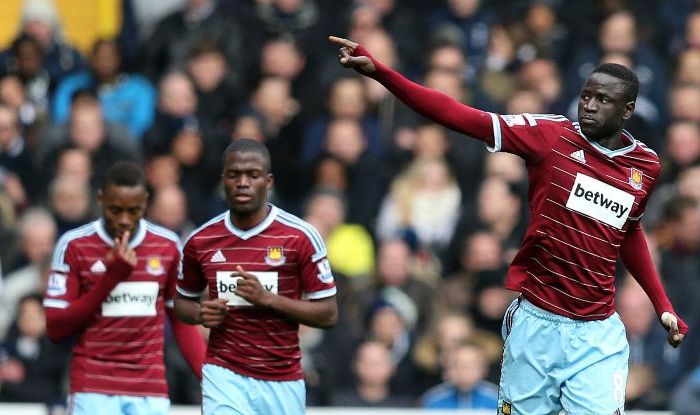With only the second round of matches in progress at the 2016 European Championship in France, taking stock is probably premature. But if the initial round of matches is anything to go by, the teams to watch out for besides the hosts are traditional European powerhouses Italy and Germany. Croatia and Wales are possible dark horses who are very different from each other in style. It is highly likely that four out of these five teams will eventually make the semifinals unless they meet spirited opposition and/or terrible luck.
The Italian team came into a major international tournament for the first time in decades without being considered out-and-out contenders. But Antonio Conte has managed to bring some of the defensive organization that was seen during his time at Juventus. The back three in a 3-5-2 is the vital for the system to work. Giorgio Chiellini, Andrea Barzagli and Leandro Bonucci have played together at Juventus for quite some time now and were established as world class defenders under Conte’s regime. The lack of pace in the team has been addressed by playing narrow and packing the midfield with tireless runners. Graziano Pelle is an excellent option up front to hold up play and win aerial duels for the midfield to push forward after possession is regained. Bonucci’s ability to play long passes on the break comes in handy in the absence of the retired Andrea Pirlo, as evidenced by Emanuele Giacherrini’s goal against Belgium. Belgium’s lack of quality wingbacks may have exaggerated the tactical superiority of the Azzuri but it is highly unlikely they will lose to either Sweden or Ireland if they keep shape in defense and focus on not conceding as they did against Belgium.
Germany are world champions and will be looking to add a European title to their World Cup win in Brazil. With the World Cup’s all-time leading scorer Miroslav Klose now a retired legend, Germany’s only weakness is that they don’t have a proper striker to finish the countless attacking moves their midfield muster up. Mesut Ozil has taken his Premier League form to France and looked quite assured playing as the fulcrum around which his team attacked against Ukraine. While Toni Kroos and Sami Khedira had a relatively easy outing against the eastern Europeans, the partnership does seem like the sum is greater than the parts. Kroos’ passing range and Khedira’s defensive covering are their primary qualities but neither of them are shy to latch on to loose balls and take shots from outside the box adding to the team’s choices in attack. Thomas Muller, who has already scored 32 goals for his country including 10 at the last two World Cups and 3 at Euro 2012, offers a wide range of choices for Joachim Low up front. Muller is not a striker or a winger or an attacking midfielder in the traditional sense and his technique is probably inferior to the rest of his teammates. But what he does offer is a sharp reading of the game and the incredible sense to pop up in space at the right time like a magician. If Germany are looking to emulate defending champion Spain by holding both the World Cup and the European Championship at the same time, the genius of Ozil on the ball will need to sync better with the genius of Muller off the ball.
Dmitri Payet has already prompted hushed comparisons with arguably the greatest French footballer of all time, Zinedine Zidane. Zidane was a crucial member of the French teams that won the World Cup in 1998 and Euro 2000, besides almost single-handedly carrying an ordinary team to the final in 2006. The 29-year-old Payet has only played 21 games for France but seems to have peaked at the right time on the evidence of his maiden Premier League season with West Ham marked by his relentless chance creation in every single game he’s played. Injuries to Raphael Varane, Aymeric Laporte and Kurt Zouma have left France with the slow centreback pairing of Laurent Koscielny and Adil Rami. N’Golo Kante’s dynamic midfield shielding will provide enough against teams that attack through the centre but teams that can stretch play with quality wingers are sure to create headaches for Didier Deschamps’ men. Les Bleus have an array of players who are match-winners for top European clubs in Antoine Griezmann, Paul Pogba and Anthony Martial, to name a few. Deschamps has still not figured out how to effectively harness the explosive pace of Kingsley Coman, the teenager who has already won league titles in France, Italy and Germany. But with the home crowd turning up in huge numbers and with their history in home tournaments, France is definitely favourite to become European champion this time.
Wales has had a superb qualifying playing the most expensive footballer in the world, Gareth Bale, in a roving central role just behind striker Hal Robson-Kanu and it is no coincidence they scored the winning goal once they reverted to this system in their opener against a fighting Slovakia. Captain Ashley Williams is a rock in defense and plays a huge role in leading the defense and keeping his teammates on their toes when the opposition has the ball. Bale relishes being the top dog in a team that is assembled around his abilities and has a history of running his socks off every game he puts on the Welsh jersey.
Croatia’s midfield core of Luka Modric and Ivan Rakitic, established starters at Real Madrid and Barcelona respectively, automatically increases their chances of winning in tight games. Darijo Srna has been consistently solid at rightback for Ukrainian champions Shaktar Donetsk in the Champions League over the last decade and is a natural leader at the back who marauds forwards when his team needs an outlet. Mario Mandzukic’s towering presence offers a target for long balls from the back but Croatia rarely rely on punting the ball and bypassing their world-class midfield. Ivan Perisic’s lack of pace is offset by his clever footwork and juicy left-foot crosses, offering a different sort of attacking threat.
Belgium’s golden generation, the top-ranked team in the tournament, slipped on the Italian banana peel but could pick up form in the remaining group games. The absence of skipper Vincent Kompany in defense has seriously affected defensive organization and the lack of high quality wingbacks pegged them back even against a defensive team like Italy. Belgium have enough firepower up top to make up for these defensive deficiencies but Mark Wilmots has not shown any signs of getting all the talent playing together fluently. Kevin De Bruyne, Eden Hazard, Romelu Lukaku and Yannick Carrasco are all individually explosive if the team is built around them but the midfield is now pushed far too back for the passing ability of Radja Nainggolan to link up with any of them.
England also suffers from a similar tragedy of riches. Roy Hodgson has played a gambit by taking off the attacking shackles that seemed to weigh this young, exciting English team down in qualifying. This has momentarily yielded good results in their opening game before Russia managed to sneak in an equalizer after substitutions seemed to stretch the defense out of shape.
Spain, much like Germany, also struggle to score against teams that defend deep because the lack of pure finisher means their obscenely talented midfield keeps passing around the box to no effect. The fact that both centrebacks had to push up to provide some kind of goal threat in their opening match against Czech Republic underlines this deficiency.









